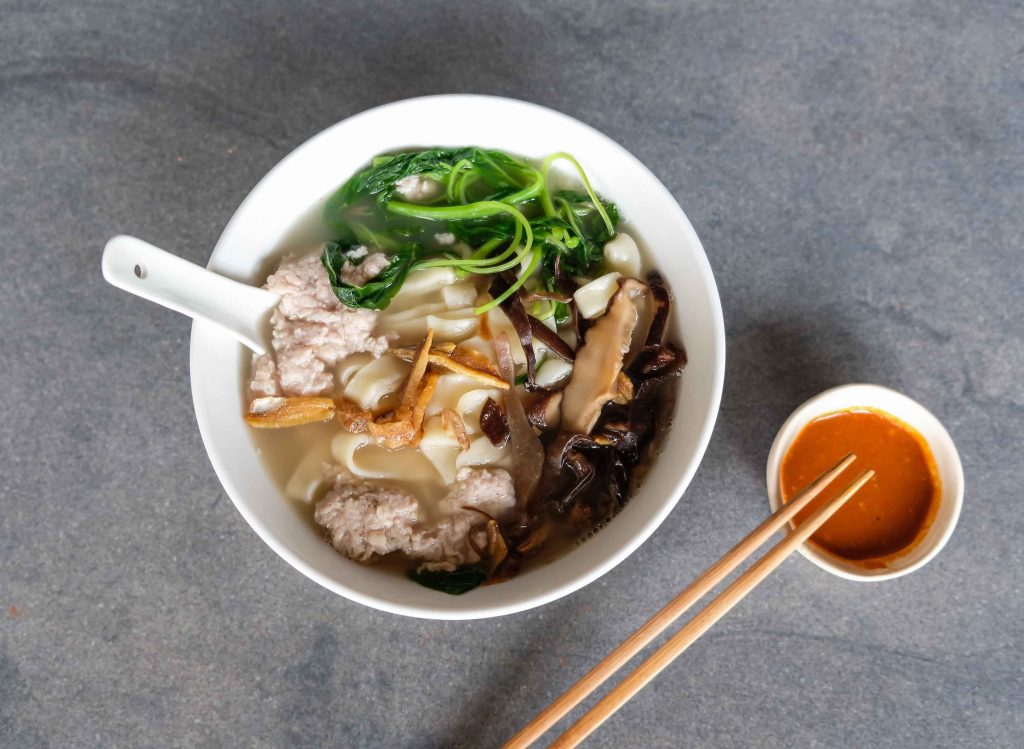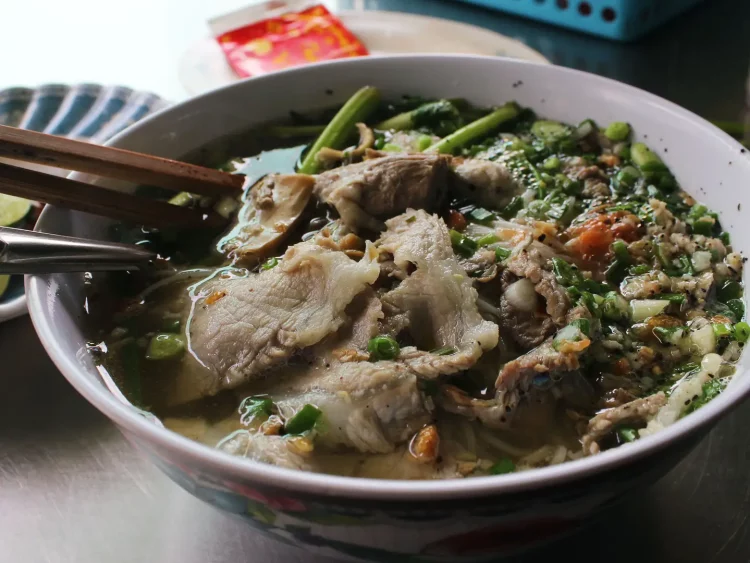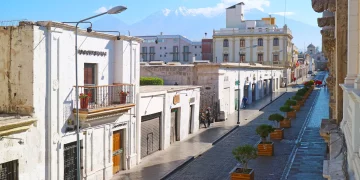Every Dish Tells a Tale: Khmer Rouge Survival, Family Recipes, Market Revival
When Ella arrived in Phnom Penh, she expected the usual blend of curiosity and culture shock. A London-based art therapist traveling solo for the first time in Southeast Asia, she came armed with guidebooks and bucket-list attractions—royal palaces, ancient temples, riverside sunsets. But by the second morning, everything changed over a bowl of kuy teav noodles from a sidewalk cart tucked behind Orussey Market. The broth was rich, the meat tender, and the elderly woman ladling soup wore an expression that somehow contained both fatigue and pride. As Ella paid, she asked where the recipe came from. The vendor’s answer came softly: “My son learned it after… the bad time.” That was the first moment Cambodia’s history stopped being a chapter in a book and started becoming a flavor she could taste.
In Phnom Penh, street food is everywhere—on corners, in alleys, inside chaotic markets that smell of lemongrass and diesel. It isn’t just convenience or economic necessity. It’s memory. It’s identity. And for many families, it’s how they rebuild a life that was once dismantled by terror. Every vendor carries more than ingredients; they carry stories of survival, of rebirth, of decades passed from generation to generation.
Ella found herself abandoning her itinerary and following her stomach instead. Each day became a culinary detour into history. A bite of bai sach chrouk, or pork and rice, introduced her to a mother who had cooked the same dish since the early 1980s when she returned to Phnom Penh after surviving forced labor camps. A spoonful of nom banh chok from a street-side stall came with a tale of how the vendor’s grandmother had kept the recipe alive by grinding herbs with a stone hidden beneath her stilt house during the Khmer Rouge regime. Ella began carrying a notebook not for landmarks but for recipes and oral histories—she was no longer just traveling; she was listening through food.
A Personal Journey of Taste, Trauma, and Resilience
In a quiet alley behind the bustling Central Market, Ella discovered a woman named Lina who made num krok, delicate coconut rice cakes crisped on a clay griddle. Drawn by the smell of caramelized edges and char, Ella returned three days in a row. On the fourth, Lina invited her to sit and watch. As they chatted, Lina explained how she learned to make the cakes from her aunt, who had once sold them secretly during the late 1970s when food was rationed and any non-communal cooking was punishable. “Even then,” Lina said, “we needed sweetness to remember who we were.”

That phrase haunted Ella. “Sweetness to remember who we were.” It changed how she saw every dish. There was no longer such a thing as a snack. Everything came from somewhere, someone, something that had survived. Ella realized that Cambodian street food was more than culinary expression—it was emotional preservation.
She visited the Tuol Sleng Genocide Museum and left shaken and numb, but later that afternoon, while sipping sugarcane juice beside a woman who had lost two brothers during the regime, she found a different kind of understanding. The woman, Vanna, offered Ella a taste of her home-fermented mango pickles, stored in a reused tea bottle and sliced with dried chili. “This is how we remember summer,” Vanna said. “When there was nothing else to eat, this is what we had.”
From then on, Ella stopped looking at food as nourishment. It became a living archive. She sought out dishes she had never heard of—samlor machu, prahok ktis, nom pang pâté—and always asked the story behind it. Some were stories of family, others of resistance. One man selling skewered beef by the riverside told her he had once been a Khmer Rouge cook, ordered to make gruel for the camps. Now he served lemongrass-marinated meat on bamboo skewers, smiling as children ran past. “Cooking was survival then. It’s freedom now,” he said.
Through tears, laughter, and flavors she couldn’t always pronounce, Ella stitched together an emotional map of Cambodia. Her palate became a tool for empathy. And what began as a solo trip became something deeper—a kind of pilgrimage into memory through taste.
Appeals to Readers Who See Food as Memory, Not Just Fuel
Ella’s journey through Phnom Penh’s street food wasn’t about chasing trendy eats or compiling Instagram shots. It was about finding connection. For readers who believe that food can be a bridge, a language, even a salve for inherited trauma, her story resonates on a cellular level. In Cambodia, the stories are in the soup, in the spice, in the silence between bites. Street food isn’t only commerce—it’s continuity.
These vendors aren’t chefs trained in culinary academies. They are mothers, uncles, orphans, survivors. Their tools are chipped ladles and borrowed grills. Their recipes often lack measurements but never lack meaning. When they cook, they honor the past and feed the present. When they serve strangers, they stitch trust back into a world that once tried to unravel it.
This food is personal. For Ella, a single tamarind glaze could evoke an entire war-torn decade. A pinch of crushed peanuts reminded her of a vendor’s story about hiding family photos under bags of rice. Food became a memory bank—and the streets of Phnom Penh, a tasting menu of human resilience.
Ella left Cambodia with more than memories. She carried hand-written recipes folded into a silk pouch, gifted by the people she met. She carried the sound of morning vendors chopping galangal in the dark. And she carried the awareness that every bite holds a history—one we’re invited to respect, not consume.
In 2025, Phnom Penh stands not just as a city of revival but as one of quiet revolution—where food doesn’t forget, and every street cart is a page in a story that refuses to fade. For travelers like Ella and readers who crave substance beyond sightseeing, Cambodia offers an edible archive of both trauma and triumph.
Because in Phnom Penh, to eat is to remember.





















